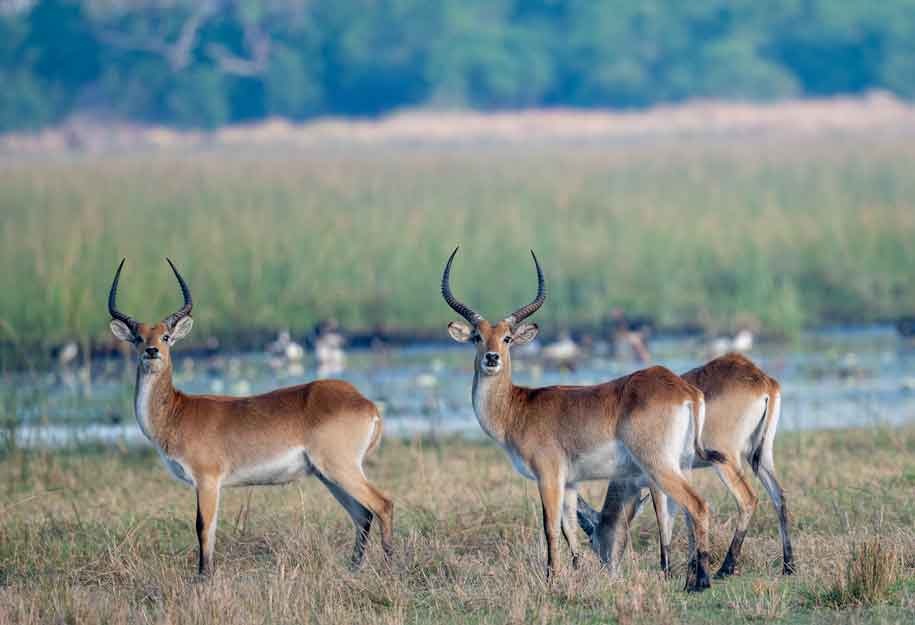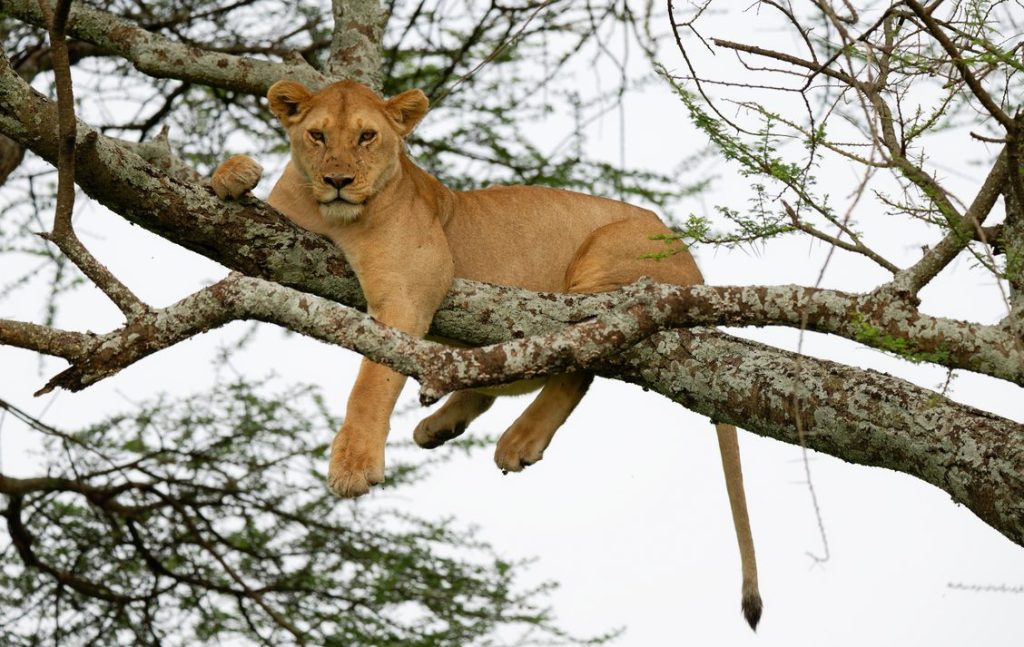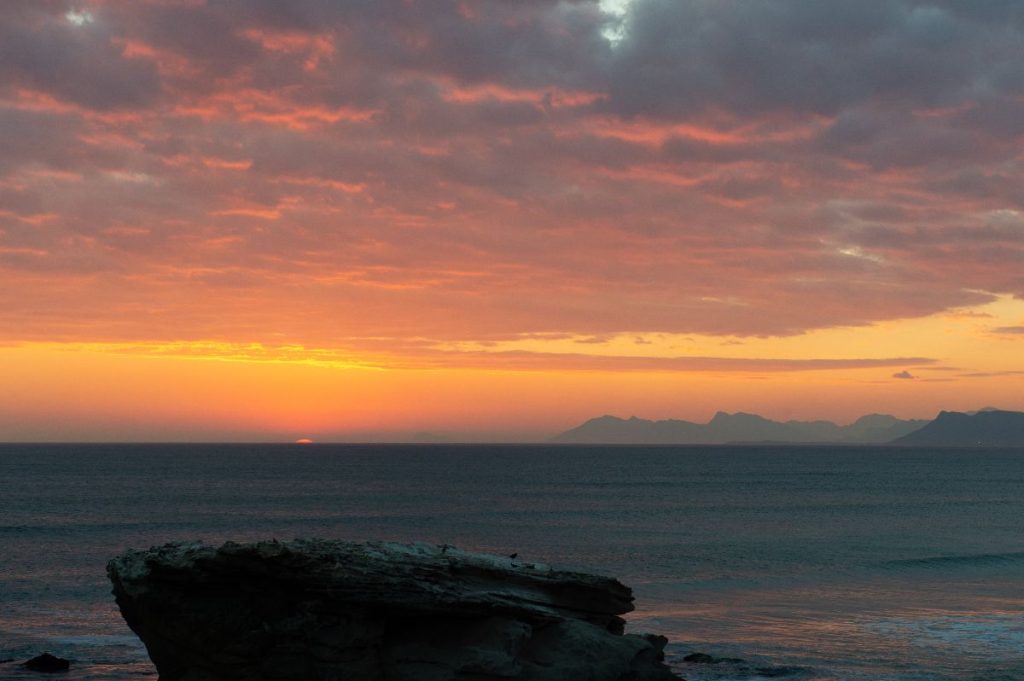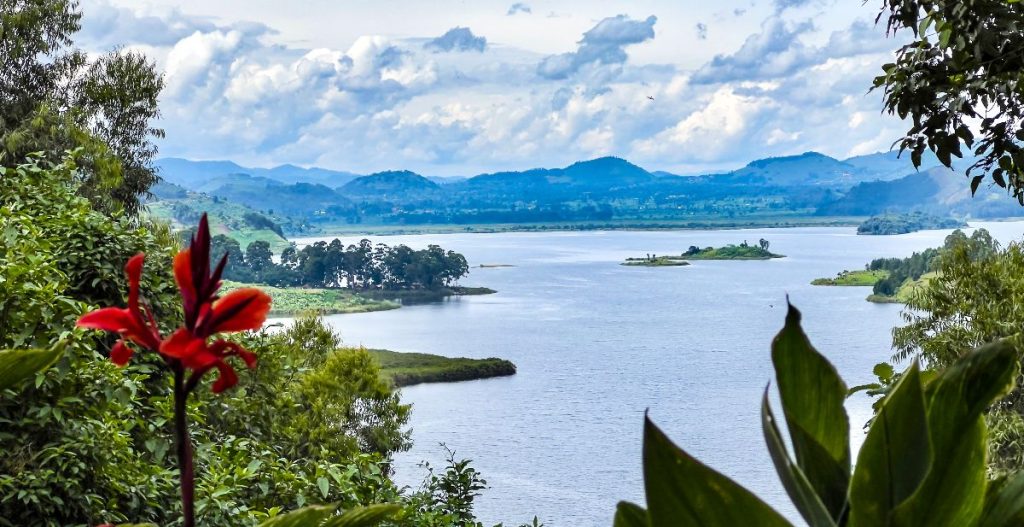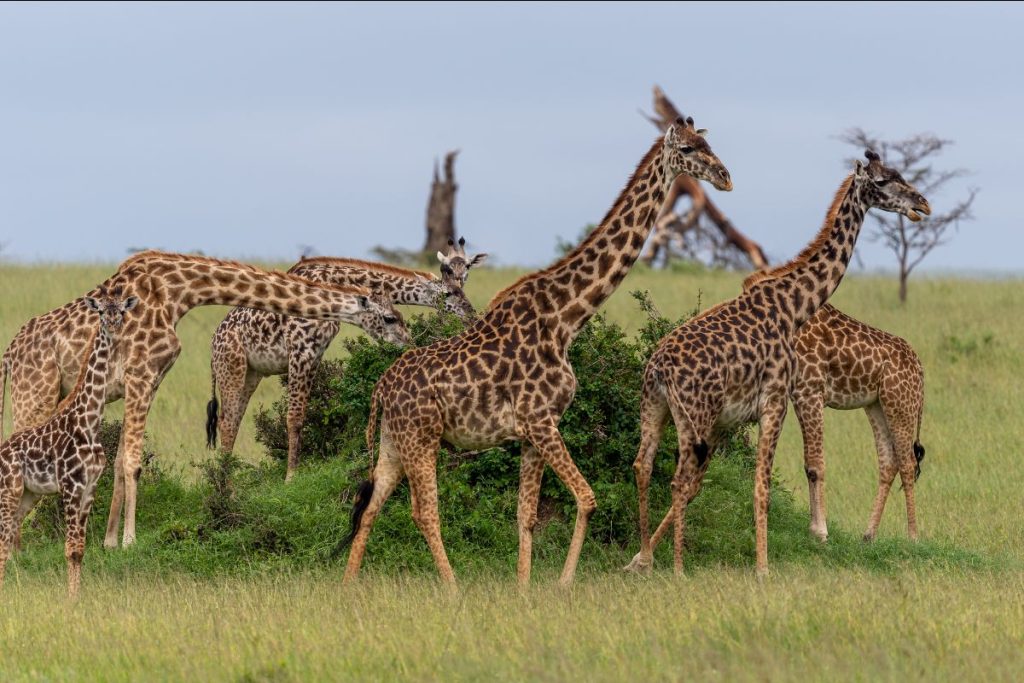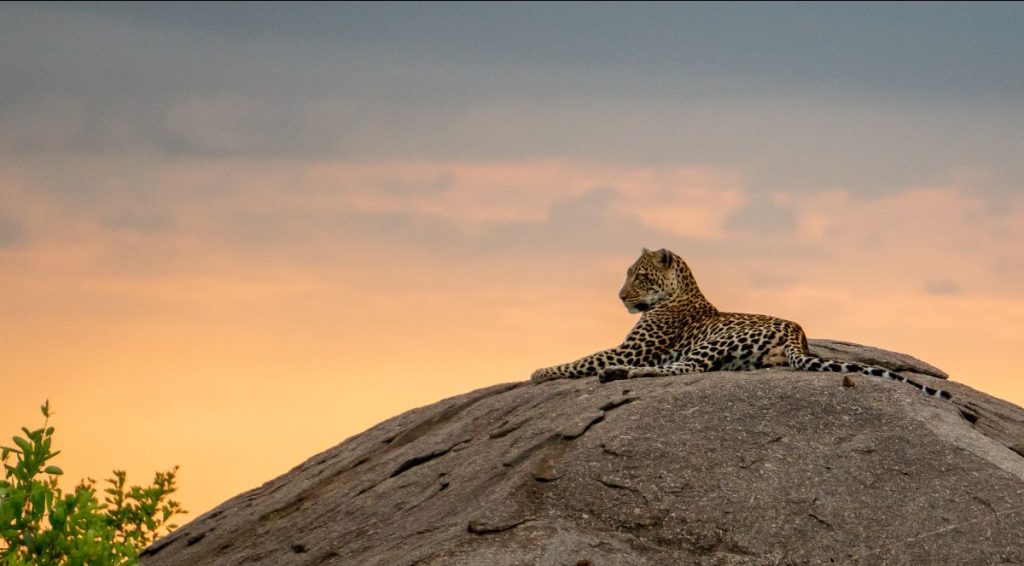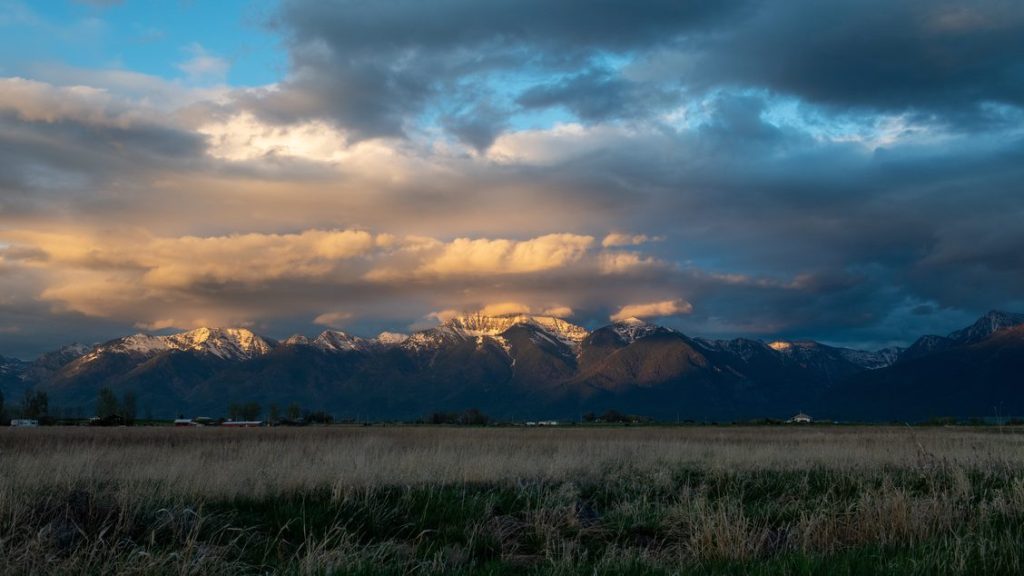SELECTING AN AFRICAN SAFARI DESTINATION – FAQS
There are a bewildering number of safari destinations, trip combinations, times of the year, pricing factors and other factors to be juggled, when deciding on a first or return trip to Africa. Our answers to some frequently asked questions shed some light on these and attempt to demystify some of the commonly held misconceptions about traveling to Africa, and about safaris in general.
‘Which part of Africa do you recommend: Southern or East Africa?’
'Which part of Africa do you recommend: Southern or East Africa?' For 25 years we discouraged prospective travelers to Africa from trying to combine East and Southern Africa because of logistical issues; but no longer. With the introduction of daily direct, non-stop flights from Nairobi to Victoria Falls, we now offer a safari which combines [...]
How do Botswana, Namibia, Zambia and Zimbabwe compare with other Safari Destinations?
How do Botswana, Namibia, Zambia and Zimbabwe compare with other Safari Destinations? BOTSWANA is the place to go for excellent game-viewing and remarkably diverse scenery, especially if you really want to ‘get away from it all’; many of the lodges there are on private concessions where there are few other visitors. Conventional wisdom has it [...]
Any other tips?
Any other tips? Try to try to avoid too ‘busy’ an itinerary. We always urge prospective visitors to spend more time in fewer locations. Slowing down a safari has many benefits, not the least of which is that it reduces the 'per diem' cost due to relatively fewer charter and other flights. Spending several days [...]
When is the best time to go?
When is the best time to go? It depends. Generally speaking, game-viewing peaks from July through September, but it is good year-round. October through February can get very hot in northern Botswana and Zimbabwe, especially in the Zambezi Valley. For bird-watching, the summer months are better, i.e. October through February/March. Victoria Falls is at its [...]
What are things to watch for as far as price is concerned?
What are things to watch for as far as price is concerned? Where do you get ripped off? The most important thing is to make sure that all the essential things associated with the trip are included in the quoted price: ground transportation, accommodation, meals, excursions, guide/driver service and transfers. Some operators tend to confuse [...]
Are safaris dangerous?
Are safaris dangerous? Obviously, there is a certain degree of danger when you are in the bush with wild animals. However, you will always be accompanied by an experienced guide. Accidents are very rare and the camps have excellent safety records. Provided you use common sense you should be perfectly safe. Book now MIGHT ALSO [...]
How safe are safari flights? Should we plan on them or avoid them?
How safe are safari flights? Should we plan on them or avoid them? Safari flights in Africa are probably as safe as similar light aircraft operations anywhere in the world: much safer than ground transportation but not as safe as commercial jet aircraft. The aircraft are well-maintained and - just like in the USA - [...]
Who are the best operators? Who are the best guides?
Who are the best operators? Who are the best guides? We have worked with Wilderness (head office in Johannesburg where they operate a full-service travel agency, with affiliates in Namibia, Botswana, Zimbabwe/Zambia & elsewhere) since 1990 and recommend them highly. We also have good working relationships with Desert & Delta Safaris, Kwando Safaris, Sanctuary, Great [...]


